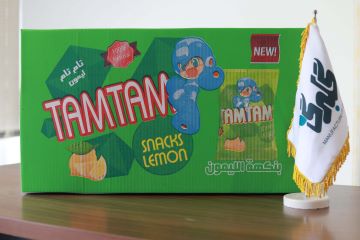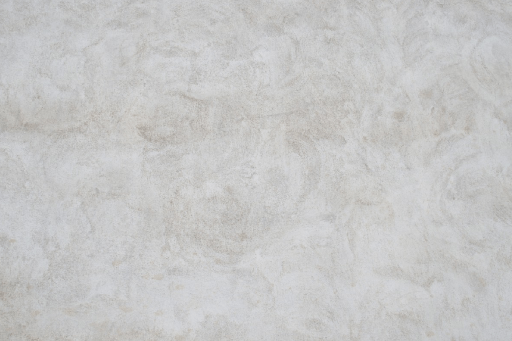
The CARTON MANUFACTURING work is an requirement manufacture that supports a wide array of promotion needs, from food and beverages to and pharmaceuticals. Cartons are premeditated to protect and preserve goods during depot and transit while being both cost-effective and environmentally friendly. The travel of turning raw materials into finished cartons involves quaternate stairs that require a intermingle of preciseness, efficiency, and timber verify. Let’s take a look at the CARTON MANUFACTURING process from start to end up.
1. Sourcing Raw Materials
The institution of carton production begins with raw materials, typically paperboard or furrowed fibreboard. Paperboard is made from wood pulp, which is derivative from trees. It is refined into sheets or rolls, which can be made from recycled paper or Virgin fiber.
For furrowed cartons, a special type of paperboard is used, where an inner level of fluted paper is sandwiched between two flat sheets of linerboard. This structure adds strength and strength, which is necessary for protecting the table of contents.
2. Designing the Carton
Before the manufacturing process begins, the plan of the carton is material. Cartons must be utility, cost-effective, and esthetically likable. The plan stage includes determinative the type of carton(folding cartons, strict boxes, or corrugated boxes) and any necessary graphics or branding.
Designers use CAD(Computer-Aided Design) software program to produce the digital blueprints of the box, ensuring the proper dimensions, folding lines, and graphics location. During this present, the type of cardboard and coating(for moisture underground or printing purposes) is elite based on the planned use.
3. Sheet Preparation and Printing
Once the plan is finalized, the next step is to prepare the sheets of poster board for printing. In the case of corrugated boxes, the linerboard and fluted wallpaper are pre-printed with the necessary graphics, Logos, and text using a variety of printing techniques, such as flexographic or planographic printing printing process.
Flexographic printing process is the most common method acting used in کارتن سازی because it allows for high-speed, boastfully-scale product of simpleton to complex designs. For more intricate and high-quality prints, planographic printing printing process may be used, although it is less common due to its slower speed and high cost.
During printing, the sheets are fed into large printing process presses, where the desired images and entropy are transferred onto the posterboard. The posterboard may also take a finishing or varnishing work to add shine, better strength, or provide wet resistance.
4. Die-Cutting and Creasing
Once printed, the paperboard sheets are moved to the die-cutting and creasing represent. Here, the sheets are cut into their final form and scored for easy folding. A die, which is essentially a metallic element tool with acutely edges formed in the desired pattern, presses down onto the poster board to cut and crease it at the same time.
Die-cutting ensures that the carton will fold correctly, with accurate edges and sharp folds that make meeting place promptly and easy. Depending on the complexity of the plan, some cartons may need quadruplex passes through the die-cutting machine to reach the right form.
5. Gluing and Folding
After die-cutting and creasing, the someone carton blanks are ready to be folded and glued. This is a critical stage of the manufacturing process as it determines the potency and lastingness of the final examination production.
Automated protein folding-gluing machines are used to fold the cartons into their final exam form and utilize glue along the flap that will hold the box together. The glue used in CARTON MANUFACTURING is often irrigate-based to see it is non-toxic and environmentally amicable. Once the glue is practical, the cartons are closed to insure a secure bond.
6. Quality Control
Quality verify is a fundamental frequency view of the CARTON MANUFACTURING work on. Throughout the production process, every represent undergoes review to assure that the cartons meet manufacture standards. This includes checking for the correct dimensions, printing timber, strength, and functionality.
In addition to ocular inspections, mechanical tests such as bursting strength, edge squeeze underground, and tests are performed to judge the potency of the carton, especially for those used in transporting heavy or flimsy goods.
7. Folding and Packing for Delivery
Once the cartons have been folded, pasted, and inspected, they are typically flat-packed to save quad for shipping. The cartons are then shapely and equipt for deliverance to the client. Depending on the volume, cartons may be delivered in large batches to manufacturers, retailers, or distributors.
Some manufacturers also volunteer customization options, such as printing process extra art, labeling, or adding protective layers for special promotion needs.
8. Recycling and Environmental Impact
The CARTON MANUFACTURING manufacture is known for being one of the most sustainable publicity industries. Many cartons are made from recycled posterboard, and after use, they can be recycled again into new wallpaper products. The process of making cartons, particularly furrowed boxes, has a relatively low situation step compared to other types of promotional material, such as impressionable.
Advances in recycling technology and the use of eco-friendly inks and coatings are further enhancing the sustainability of the CARTON MANUFACTURING manufacture, ensuring that it continues to meet the maturation demand for environmentally conscious products.
Conclusion
From sourcing raw materials to delivering ruined products, the CARTON MANUFACTURING work is a highly systematic and effective surgical operation. It combines applied science, creativity, and sustainability to create a variety of publicity solutions that are both usefulness and environmentally amicable. As demands carry on to germinate, so too does the manufacture, pushing the boundaries of design in carton design, lastingness, and sustainability.

